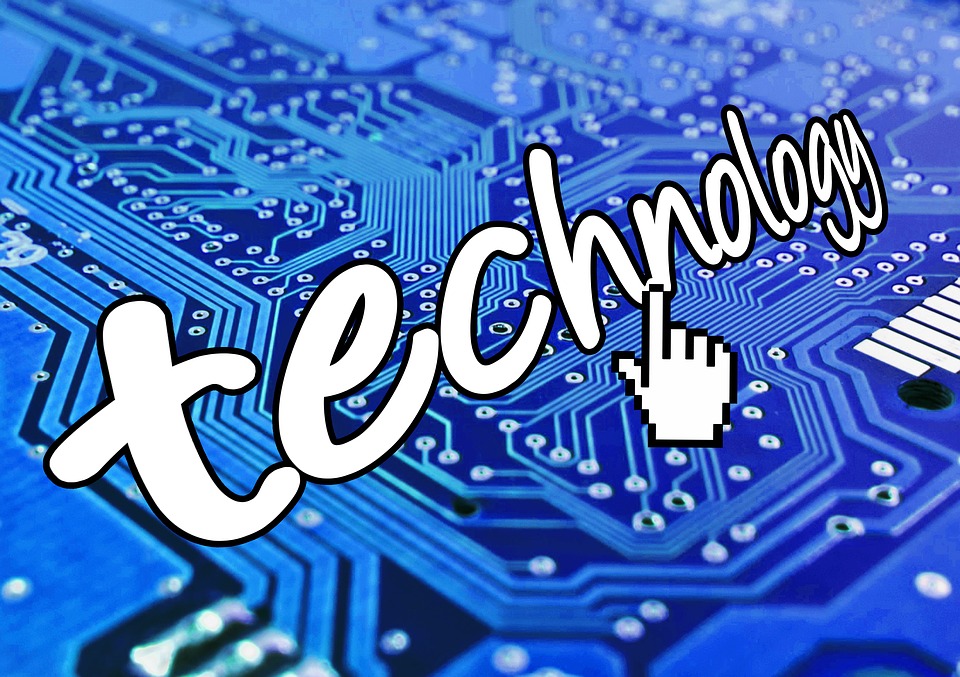In a generation where information drives decision-making, the interpretation of that information holds power. Recently, a commercial AI development company has emerged as a viable and revolutionary tool for businesses.
More and more companies are using devices to learn algorithms to predict changes in the market, employ neural networks to improve customer satisfaction, and rent herbal language processing to automate and develop customer service.
In this newsletter, we delved deeper into the top 10 AI business solutions. Artificial intelligence (AI) is used in these technologies to establish new standards and create real-world impacts.
1. NLP and GenAI for purchaser offerings
Businesses can benefit from embracing the natural language processing (NLP) era by using customer service to improve their standard brand image. With its AI-powered centre, the company is revolutionizing customer service by enabling systems to understand, interpret, and respond to human language in a meaningful and contextual way.
The goal of this AI solution is to provide smooth customer interaction and automated service systems that simulate human speech.
2. Dynamic pricing and AI generation
The AI-powered technology of dynamic pricing is bringing about a significant change in the way businesses approach pricing. This AI-powered generation enables real-time price adjustments, primarily in response to rival pricing, market demand, and other pertinent information.
For instance, indicators like monthly recurring revenue (MRR), churn pricing, and customer lifetime value (CLV) are crucial in SaaS. Instantaneous dynamic pricing impacts certain SaaS indicators and reveals meaningful insights. Then, using those insights, marketers can carefully control spending to maximize sales and client retention.
For example, charges may be better tailored at times of high demand or when user engagement is strong, which would result in a longer MRR. Reducing calls or improving churn risk circumstances also necessitates lowering costs to keep customers, which will undoubtedly affect the churn rate.
3. Automated CRM and AI
Automated Customer Relationship Management (CRM) systems, powered by AI, are revolutionizing how companies engage with their clientele. These CRM tools are skilled at automating repetitive tasks, including capacity lead prioritization, appointment scheduling, and information updating. Automating routine tasks is one of the benefits of integrating AI into CRM systems. This results in accurate and updated client data while saving time and lowering the possibility of human error.
4. AI-enhanced fraud detection
This AI-driven technology makes it possible to identify and prevent fraudulent activity in corporate transactions. In order to detect intricate patterns and irregularities suggestive of fraud, this system continuously adapts and learns from historical records.
It offers a strong defence against widespread online fraud because of its quick, precise detection and adaptability to new fraudulent tactics. Using this solution protects businesses financially and increases customer trust and dependability in the context of online transactions.
5. Machine mastering for customized hints
Machine learning (ML) uses advanced artificial intelligence (AI) to adapt recommendations for goods and services based on the preferences and actions of individual customers.
This technology uses algorithms that examine vast amounts of information about a buyer’s past interactions, buying history, browsing preferences, and social media interests. In the end, businesses will be aware of their client’s potential and anticipate what they might want or desire next.
6. Customer sentiment evaluation
Evaluation of consumer sentiment explores data about customer views and feedback from a variety of digital platforms, including social media and evaluation websites.
Fundamentally, AI analyzes text for sentiment and emotional tone using sophisticated algorithms. It provides agencies with important information about how consumers perceive their offerings, merchandise, or logo.
7. RPA for workflow optimization
RPA, a type of AI, automates routine tasks previously performed by human staff. Software robots, also referred to as bots, now perform tasks such as email management, transaction processing, and information access.
This one starts by observing how users complete a certain task within the graphical user interface (GUI) of the application. We then carry out the automation by immediately repeating the single activity within the GUI.
8. AI-assisted layout and improvement
AI-assisted design and improvement are changing our approach to creating and improving systems and products. This AI integration quickly examines large data sets and finds patterns and styles that guide the design approach. This feature is especially helpful when customizing products for particular consumer preferences or market niches.
Additionally, by simulating various layout scenarios, it offers optimization options and improvement suggestions. In this way, it anticipates possible issues and displays changes, frequently identifying answers that may not be immediately apparent to human designers.
9. Sales forecasting with AI
AI-powered sales forecasting is revolutionary. It looks closely at your past income data and then adds external variables like consumer behaviour, financial circumstances, and market trends. It is going beyond simple math by using astute analysis to uncover complex information and make very accurate predictions about future earnings.
This AI-supported technology aims to eliminate uncertainty and enable critical workers to make well-informed decisions with little luck.
Artificial intelligence and business intelligence drive the record analysis process.
Business intelligence (BI) is transforming business decision-making. Integrating AI BI tools can transform large volumes of unprocessed data into useful insights. Identifying underlying trends, patterns, and connections, often overlooked, holds greater significance than merely sifting through data.
Blends of AI and business analytics may effectively process large datasets to provide agencies with a holistic perspective of their operations, emphasizing critical areas for strategic decision-making. It all comes down to making information easier to acquire and comprehend so that teams can quickly make better-informed decisions based on facts.
10. Content introduction
Have you noticed how AI is revolutionizing the introduction of content? For tasks such as writing, photo layout, and video production, AI is akin to having an enhanced assistant. However, the challenge lies in the fact that it’s not just about speeding up processes. AI is giving content material marketing a whole new level of performance and inventiveness.
Consider incorporating AI into your content creation process. AI combines the skills of a clever analyst and a creative genius to navigate intricate algorithms and explore vast volumes of data. It eventually becomes aware of and learns from what is available.
For instance, writing is now more than just reciting words; it’s creating memories that create experience, connect with the intended audience, and fit the language’s structure precisely. Furthermore, if GPT integration was in place, you could perform a variety of tasks based solely on herbal language processing to achieve the desired results.
Conclusion
By enabling fact-driven decision-making, streamlining processes, and creating customized reports, the vast array of AI corporate solutions is revolutionizing several industries. AI is now essential for businesses looking to stay competitive, from using NLP to improve customer service to using device learning for fraud detection and customized advice. Adopting those AI-powered devices today not only simplifies processes but also creates new opportunities for creativity. Working with a professional provider could be crucial for agencies prepared to make the transition to advanced AI. Codiste, a generative AI development company, empowers businesses by using AI’s potential and delivering customized AI solutions that support long-term, sustainable growth.







